The 2018-2020 Forest Ecosystem Monitoring Cooperative Strategic Plan guides the work of the Cooperative staff to meet big-picture goals of the Cooperative’s governing bodies. This plan is an update of the Vermont Monitoring Cooperative Strategic Plan first drafted in 2014, intended to address the transition of the VMC to the FEMC and a regional monitoring cooperative model.
Browse contents by clicking on sections below
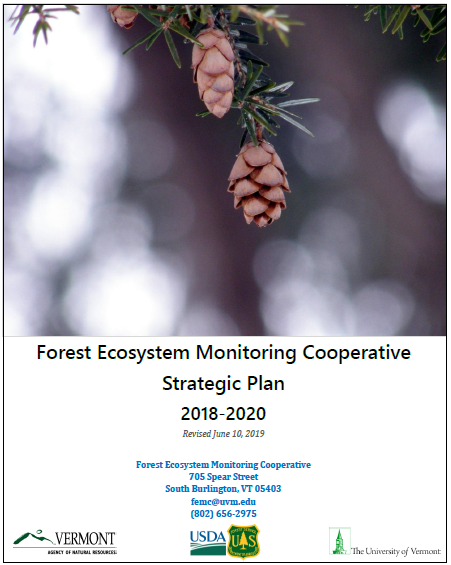
Read the plan.
The mission of the Forest Ecosystem Monitoring Cooperative is to serve the northeast temperate forest region through improved understanding of long-term trends, annual conditions, and interdisciplinary relationships of the physical, chemical, and biological components of forested ecosystems.
The FEMC also promotes the efficient coordination of multi-disciplinary environmental monitoring and research activities among federal, state, university, and private-sector agencies with common interests in the long-term health, management, and protection of forested ecosystems.
1
To contribute to the efficient COORDINATION of multidisciplinary environmental monitoring and research activities among existing efforts and institutions with common interests in the long-term understanding, management or protection of forested ecosystems
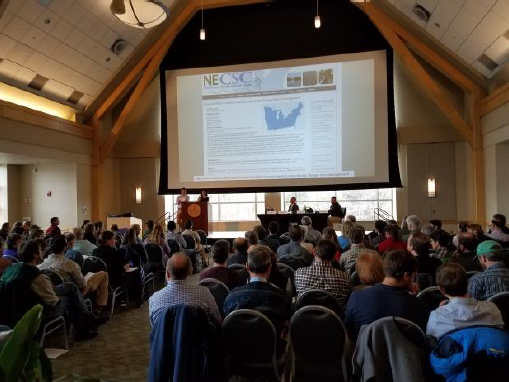
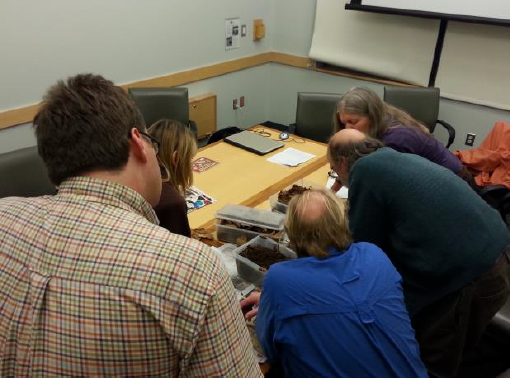
FEMC fills an essential niche by providing long-term, reliable and professional coordination of monitoring and research activities in the region across federal, state and private-sector agencies, organizations and institutions. This role at the regional scale builds upon 26 years of success in Vermont in maintaining this focus and funding to perform this service. In today’s funding environment it is more important than ever to minimize duplication of effort and to leverage available funding to provide the data and information necessary to inform policy and management decisions affecting the forested landscapes of our region. Through its annual conferences, archive, website, workshops and other information outlets, FEMC consistently provides important information about forest ecosystems to land and resource managers, decision-makers, cooperators, researchers and the public.
Objective 1.1
Provide regular opportunities for networking across disciplines and organizations
Objective 1.2
Coordinate efforts around high priority issues to produce integrated products
*Activities may be dependent on securing additional sources of funding.
Objective 1.3
Provide a forum to inform future activities among partners
2
To promote an improved understanding of trends and relationships in the physical, chemical and biological components of the forested ecosystems through DATA ANALYSIS AND SYNTHESIS

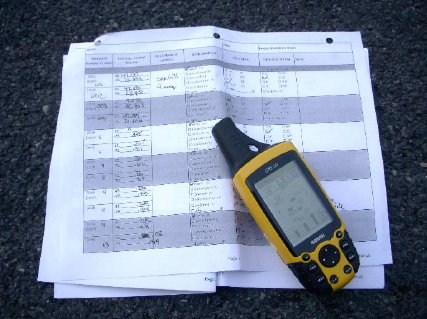
FEMC cooperators and stakeholders have repeatedly identified the value added by FEMC through post-collection data analyses, synthesis and reporting, and that these services allow them to do their jobs better. FEMC has allocated increasing amounts of staff time and resources for these ventures, both to do novel analysis and to develop tools and products that enable people to access and understand information better.
As the VMC, this organization periodically produced integrated data summaries or synthesis reports, including a Data Integration Pilot Project (Martin et al., 1994), an Ecological Data Integration (Martin, 1998) project, a study of atmospheric mercury in Vermont and New England (Burkins et al., 2009), and a synthesis of the first 20 years of VMC monitoring data (VMC, 2009). Beginning in 2014, VMC/FEMC staff have produced yearly long-term monitoring updates summarizing trends in key long-term datasets for Vermont (Pontius et al. 2014, Duncan et al. 2015, Duncan et al. 2016, Duncan et al. 2017) and, more recently, the region (Kosiba et al. 2017). The 2009 Vermont’s Changing Forests (VMC, 2009) report may present a model for producing future synthesis and integration reports at a regional scale. During this endeavor the VMC acted as the coordinating organization that brought together like-minded cooperators interested in working on the report, and paid for some of their time to do data analyses and integration, and actual writing of chapters for the report.
FEMC also continues to expand its role in producing data portals, online data integration and discovery tools, and other products that provide both information and context as well as access to raw data. Some examples include the Vermont Forest Indicators Dashboard3 and the Northeastern Forest Health Atlas4. This collection of tools and products represent a significant offering for partners in the region for going beyond data access and providing tools for integration and understanding.
Objective 2.1
Facilitate the development and distribution of FEMC data syntheses
Objective 2.2
Provide state-of-the-art tools for preserving, accessing and exploring data
3
To conduct LONG-TERM MONITORING in order to report on current forest ecosystem health and emerging threats
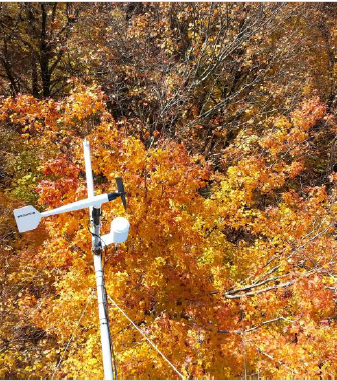
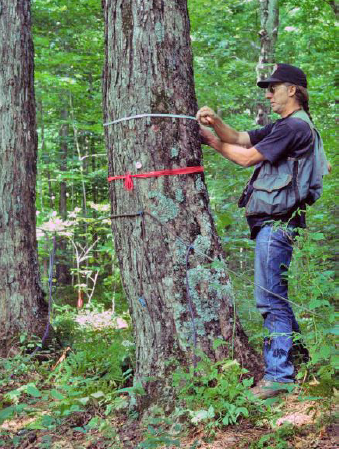
The Vermont Monitoring Cooperative was founded on the premise that a commitment to long-term environmental monitoring and research is essential to collecting baseline data needed to detect changes in conditions and trends and help identify new threats to our forested ecosystems. The Forest Ecosystem Monitoring Cooperative carries this commitment forward. Long-term environmental monitoring has been a hallmark of the VMC and FEMC for 27 years. VMC and FEMC have maintained a significant commitment to and history of continued support for monitoring and research projects over this duration.
These long-term data records have allowed our cooperators to detect changes in trends of bird, amphibian and reptile populations, identify changes in forest tree species distributions and growth rates and track changes in water chemistry of our lakes and streams. From these data, researchers were able to show that much of Vermont’s air pollution (sulfate, nitrate and mercury) was transported to the region on air masses originating in the mid-west and south, and these pollutants could even be traced back to specific sources at mid-western coal-fired electrical generating plants.
The lack of an LTER or major experimental forest in Vermont makes it imperative for these long-term records to continue, to match what is collected in other states in the region. The FEMC and its infrastructure are the logical choice to support and coordinate these important data collections in Vermont, as well as providing secure archiving and widespread distribution of the data.
Objective 3.1
Maintain long-term monitoring activities
Objective 3.2
Monitor and report on current environmental conditions and potential threats
